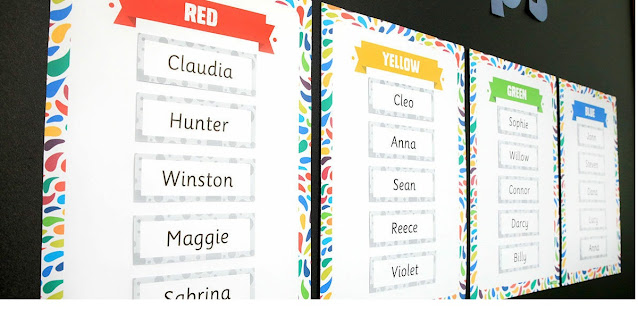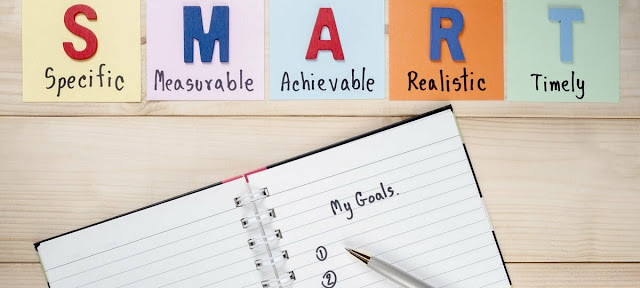68 Ideas and Tips for Setting Up Math Rotations in the Classroom
To do math rotations or not?
When you look at the research, there are pros and cons for both sides of the argument. Some people believe it is a waste of time and there is no benefit to their students.
In my experience, I believe that including small group math rotations in your classroom allows you to work with smaller more targeted groups of students. Providing time for you to provide instruction appropriate to their knowledge.
At the end of the day, it depends on your class, their capabilities, and behaviors. This blog will give you some resources and ideas to plan and manage your math block.
Math Block Breakdown
I usually focused on math for approximately 90 minutes. This seems like a long time to focus on math, especially in the early years, however, that is where rotations fit in nicely with my explicit teaching and whole class learning!
I allocated 30 minutes to explicit teaching /whole class learning. The students then spent 15-20 minutes at two different stations.
This allowed 20 minutes of cool down time after lunch and for transitions. The next day they completed the other two rotations after more explicit teaching.
Setting Up Math Rotations
Firstly, you need to decide if you are going to group your students into mixed ability or same ability groups. I found (most of the time) same ability groups allowed me to cater the activities and teacher time to each small group. Then, create a display so the students know what group they are in.
Prior preparation, planning of the display, routines, and expectations will allow for a fairly smooth transition into working in small groups.Next, decide how you will manage each station. I would have one station for me (teacher station). This is where, after my explicit whole class teaching, I would teach a mini-lesson or a guided hands-on activity to consolidate a topic.
If you organize the students into ability groups, you can re-teach the same concept in another hands-on way to your lower ability groups. For your higher ability groups, you can spend time extending on their current knowledge.I found arranging the resources required at each station into a storage box allowed students to take charge and organize themselves. This eliminated distraction when they got to their stations as their resources were ready to go!If you have planned different activities for each ability group, simply stick a colored dot on a plastic folder to help students readily work out which activity is their groups for that rotation.I used a variety of focused independent activities, collaborative activities, and iPad and Computer activities.
Math Rotations Activity Ideas
So, what do you plan for each station of your math rotations?
This really depends on the math topic of the week. My iPad rotation would often be a game to consolidate mental math or to review previously taught topics.
The other three stations were purely dedicated to the math topic for the week!Here are some math topics with possible worksheets and hands-on activities you could use during small group work. For more worksheets and activities for each category, simply click on the heading!




Comments
Post a Comment